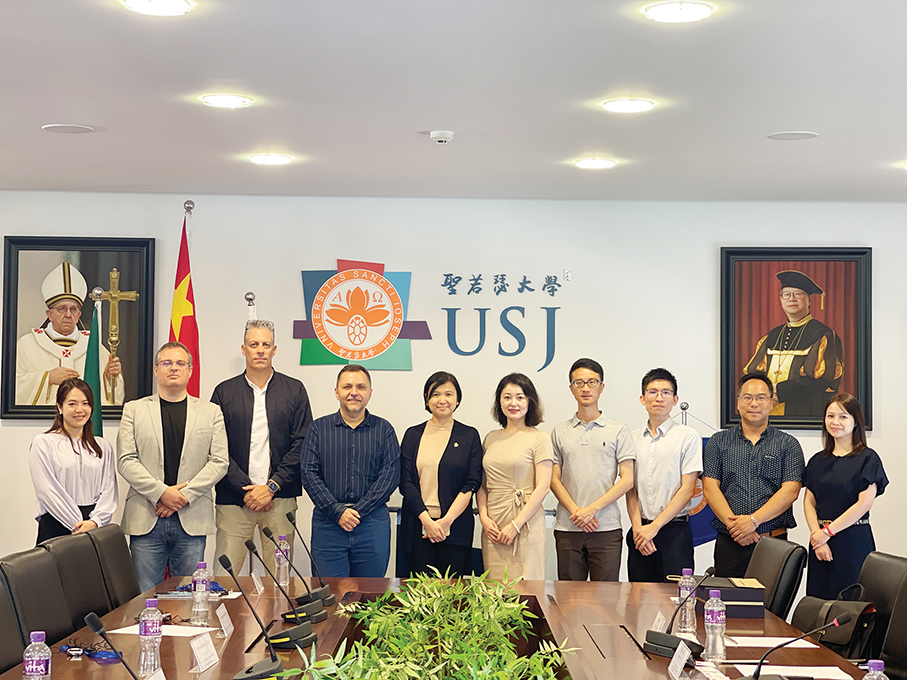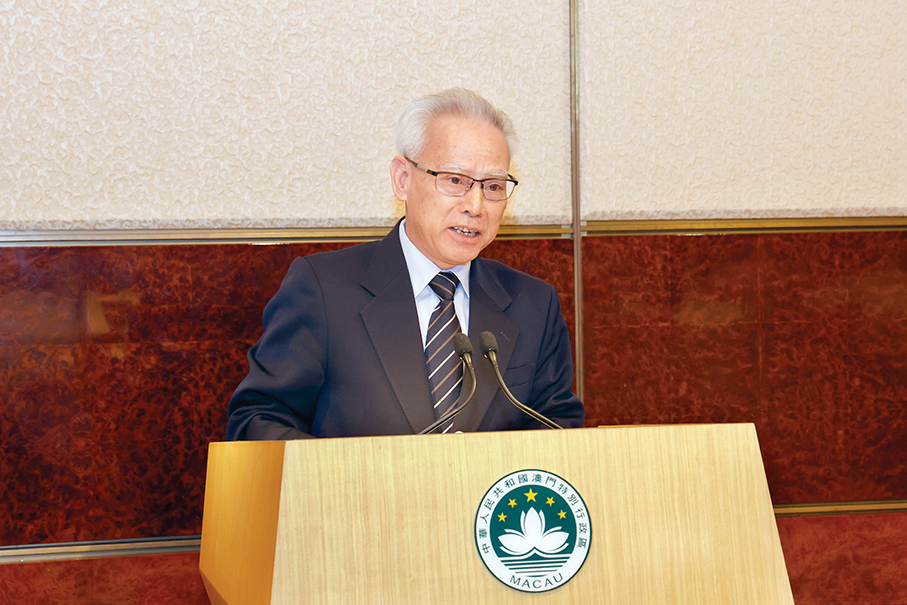Macau’s general jobless rate and local residents’ unemployment for the June-August period continued to remain at 1.7 percent and 2.3 percent respectively, the Statistics and Census Bureau (DSEC) has announced.
According to a DSEC statement on Friday, both indicators stayed the same as in the previous period (May-July), but decreased by 0.1 percentage point when compared with the same period (June-August) in pre-pandemic 2019. Meanwhile, the underemployment rate stood at 1.2 percent, down by 0.1 percentage point from the previous period.
The general unemployment rate comprises local residents and non-resident workers (NRWs).
The labour force living in Macau (383,400) and total employment (376,800) grew by 300 and 400 respectively from the previous period, while the number of employed residents (285,900) fell by 400, the statement pointed out. Analysed by industry, employment in the gaming sector increased, while that in hotels, restaurants and similar activities decreased.
Macau’s number of unemployed amounted to 6,700, which was similar to that in the previous period but represented a drop of 400 compared to the same period in pre-pandemic 2019. With fresh graduates entering the labour market, the proportion of new labour market entrants seeking their first job increased by 4.8 percentage points to 14.7 percent of the total number of unemployed. Among the unemployed searching for a new job, most of them were previously engaged in the gaming sector and retail trade, according to the statement.
The underemployment situation continued to improve, with the number of the underemployed (4,500) dropping by 300 from the previous period. As regards industries, most of the underemployed were working in the construction sector and retail trade.
In comparison with June-August 2023, the labour force participation rate (67.8 percent), the unemployment rate (1.7 percent) and the underemployment rate (1.2 percent) decreased by 0.1, 0.8 and 0.6 percentage points respectively.
The statement underlined that its employment survey covers all residential units in the Macau peninsula, Taipa and Coloane, excluding collective living quarters such as school dormitories and care homes for the elderly. Individuals living in residential units are included in the survey, and therefore Macau residents and NRWs who work in Macau but live outside the territory are excluded. According to the preliminary estimates from immigration records, an average of about 103,300 Macau residents and NRWs worked in Macau but lived outside the special administrative region during the reference period; when including these individuals, Macau’s total labour force (486,800) increased by 700 from the previous period, according to the statement.
At the end of July, according to data from the Labour Affairs Bureau (DSAL), Macau’s number of NRWs amounted to 182,307 at the end of July, or 37.5 percent of the total labour force, including 123,186 from the Chinese mainland and 30,045 from the Philippines.
Macau’s population stood at 687,000 at the end of June, according to the latest available official demographics.






